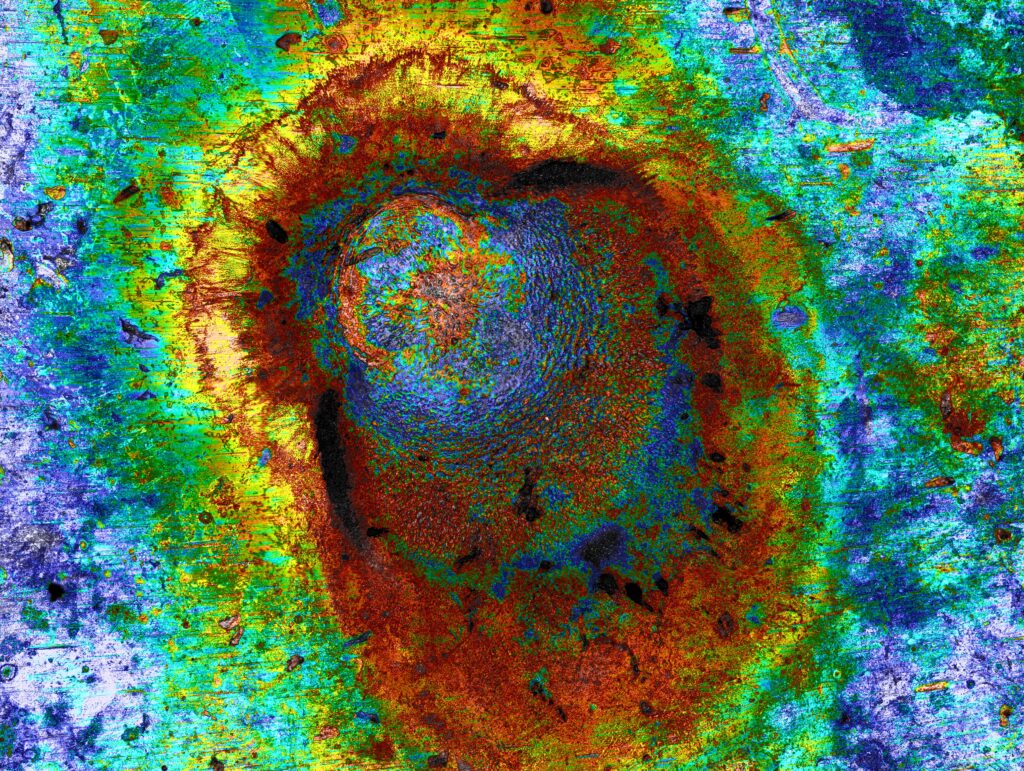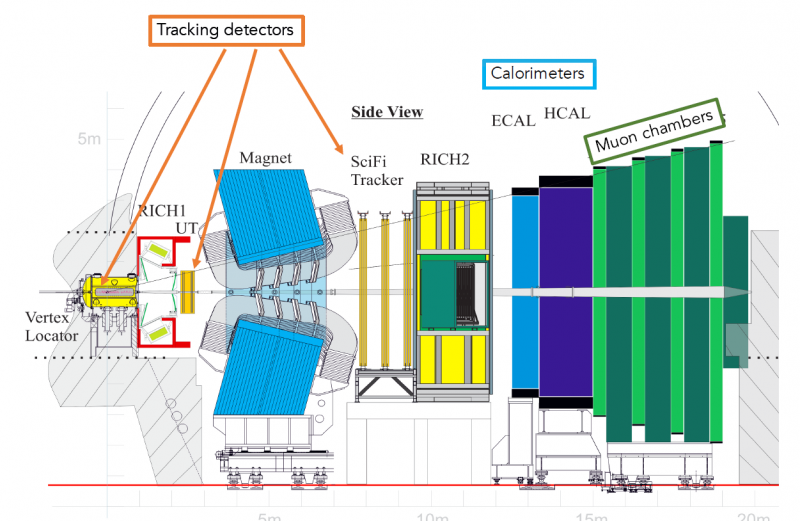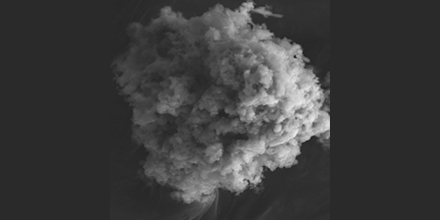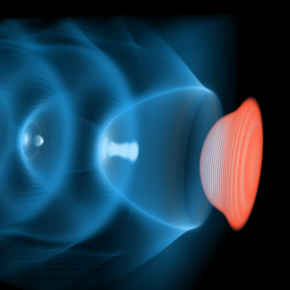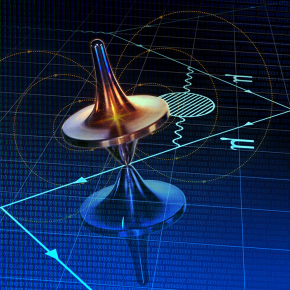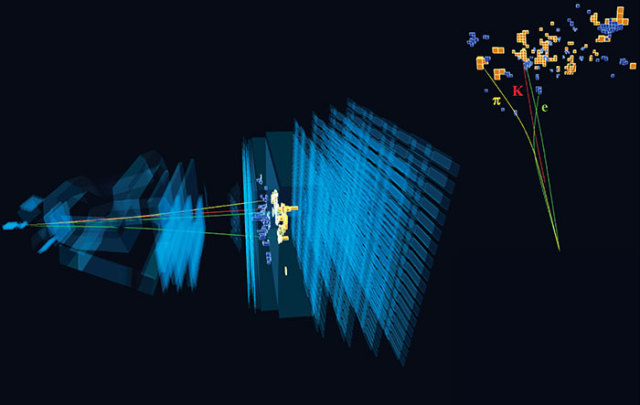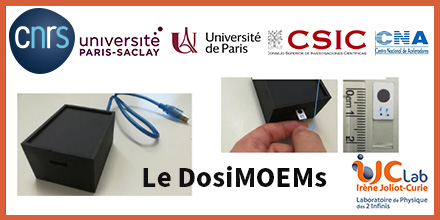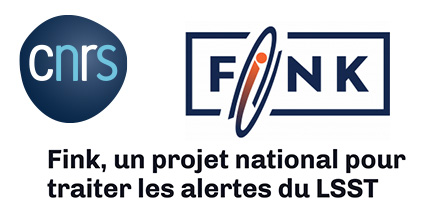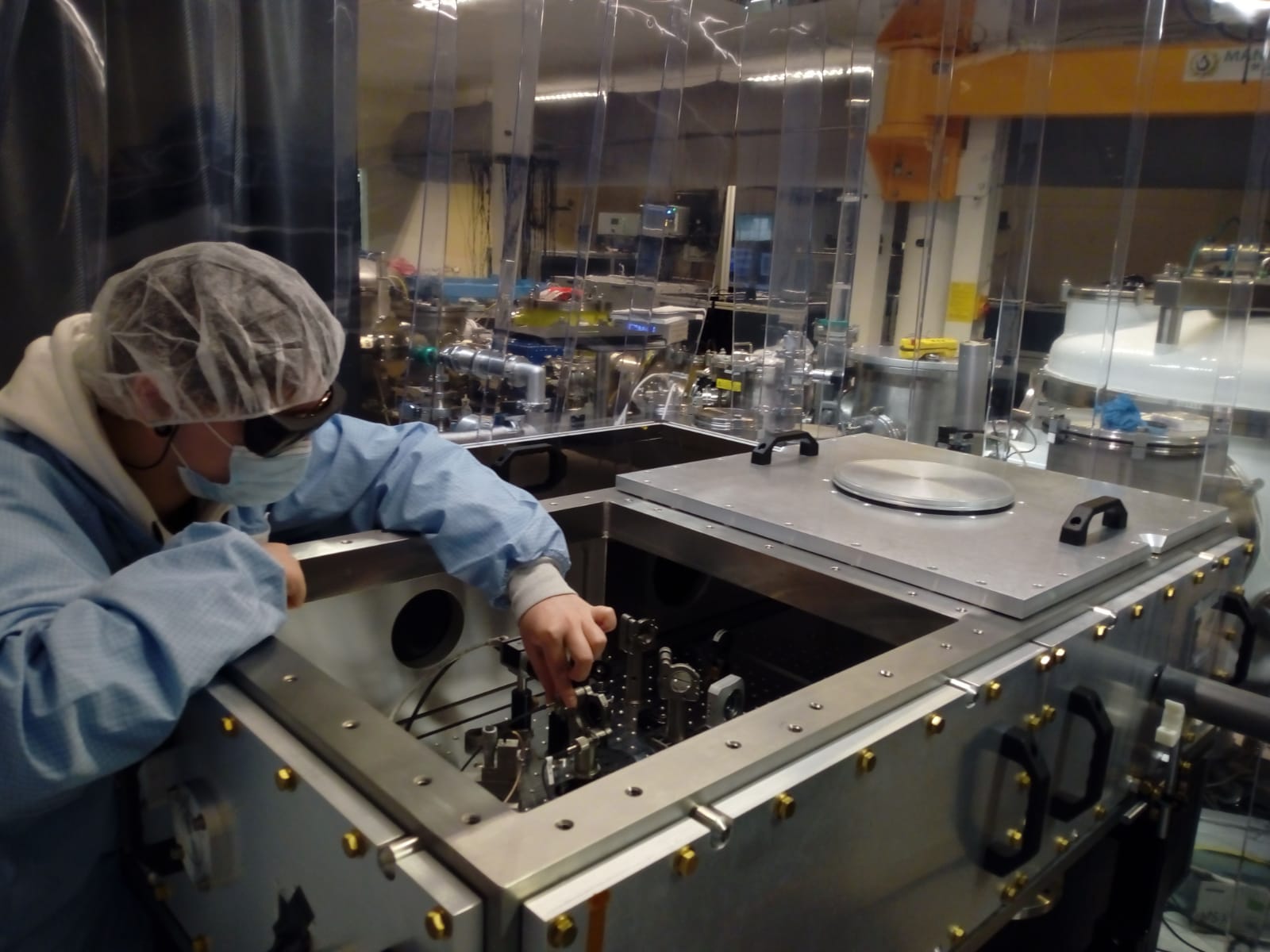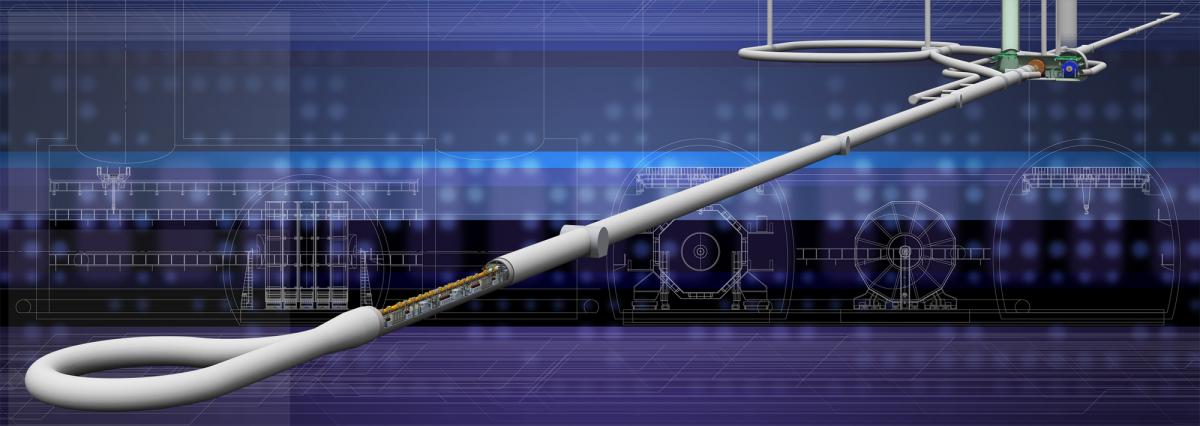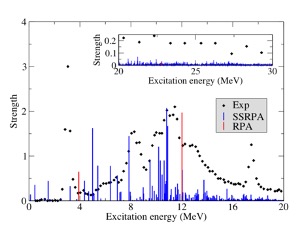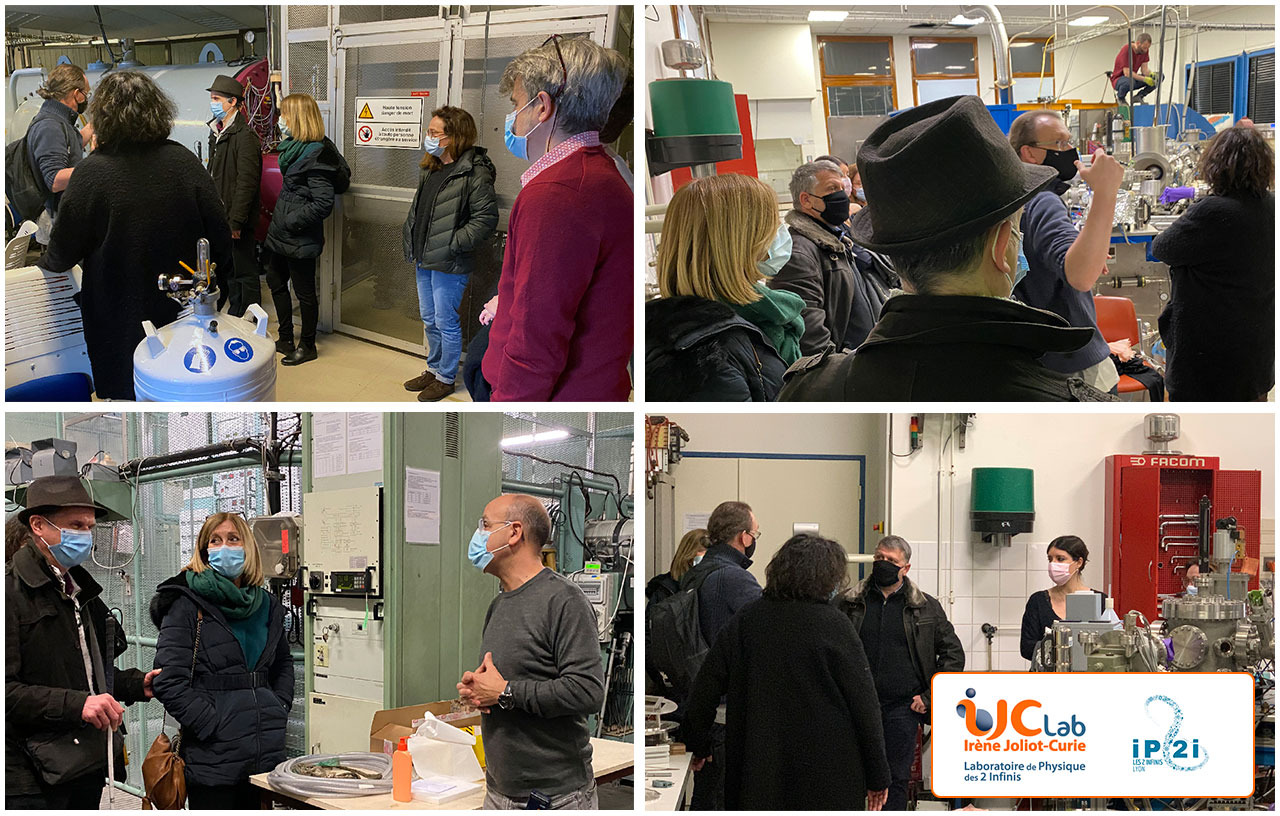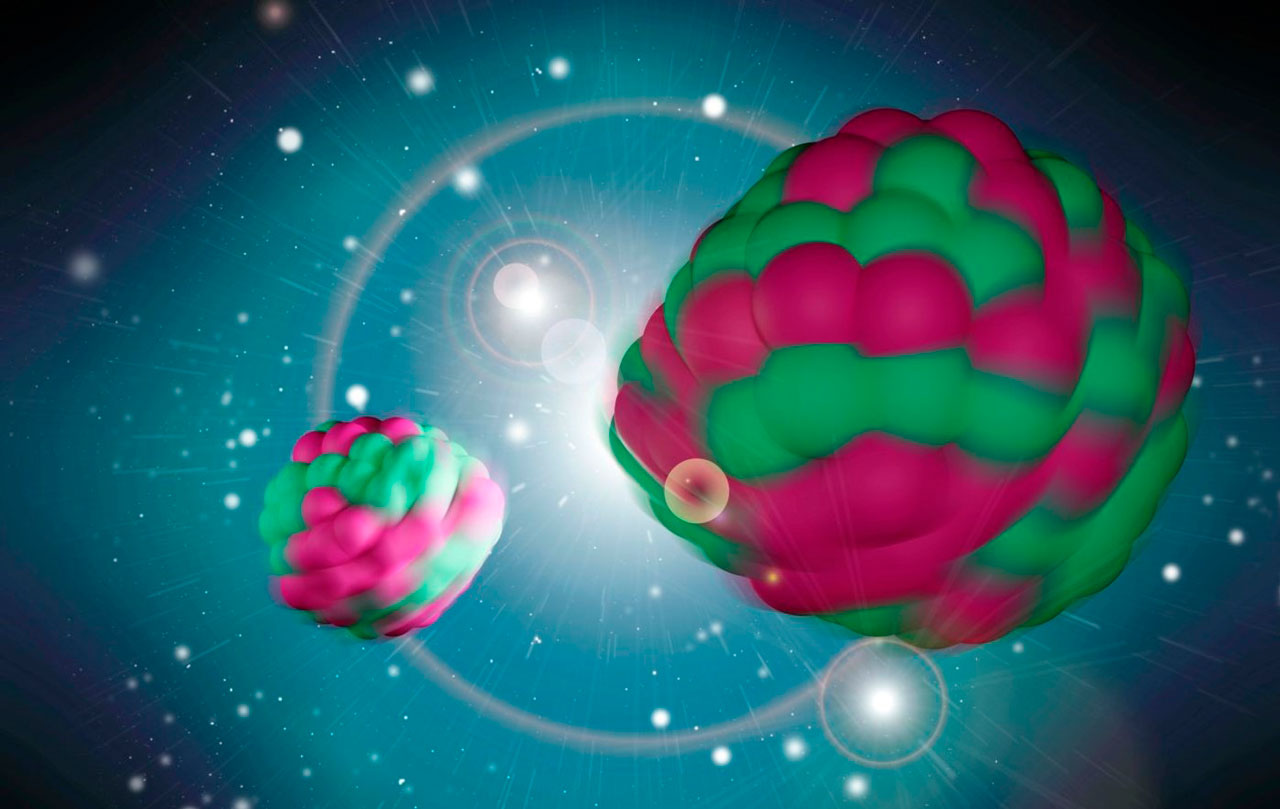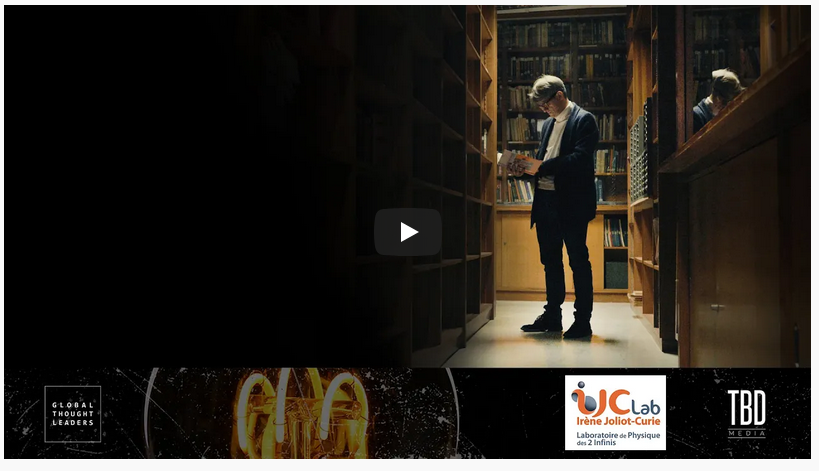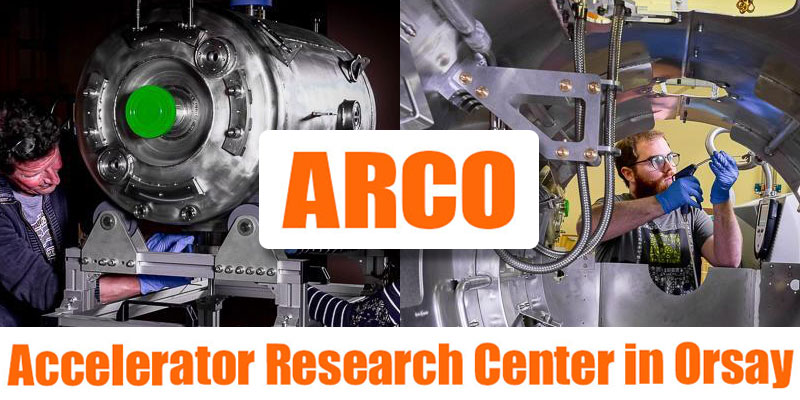


















ALTO nigth ALAMBIK
#Point Lumière quand le Kolektif Alambik met en scène ALTO - 02/2018
Nuclear physics
Nuclear
Gravitational waves
Astroparticles, Astrophysics & Cosmology
Astroparticles, Astrophysics & Cosmology
From the black board to big data
Accelerators
Accelerators
AUGER night
Astroparticles, Astrophysics & Cosmology
Energy & Environment
Energy & Environment
ALTO
ALTO
High Energy Physics
High Energy Physics
ATLAS CERN
High Energy Physics: ATLAS
Supratech
SUPRATECH
ThomX / Laserix
THOMX / LASERIX
Cosmic background
A2C>CMB
Nuclear
Nuclear
Health
ALICE CERN
High Energy Physics : ALICE
Platforms
Platforms
health
Engineering
Engineering





